C-port lens
C-Mount lens, 25mm diameter screw port interface at the back, image size (Format): 2/3/1/2 inch, high-definition coating, glass lens, metal housing, aperture without gear change, can fully open and close the aperture. Generally, it refers to the camera lens and the projector with C-type interface. The distance from the contact surface of the lens and camera to the focal plane of the lens (the position where the camera CCD photoelectric sensor should be located) is 17.5mm. That is, the flange focal length in our professional terms is 17.5mm. C-port lens is generally divided into manual lens and automatic lens: manual lens is used for focusing, zooming, and aperture size are controlled manually; The first three can be controlled by themselves. In a broad sense, it includes TV lens, camera lens, camera lens, surveillance camera lens, camera, etc.
Differences between CS lens and C lens
The selection of a surveillance camera lens is related to the performance of a surveillance camera. The lens of the standard gun machine of the surveillance camera can be divided into C port and CS port. However, so far, many users still do not know the difference between the monitoring shots of these two interfaces. The most obvious difference between C-Mount lens and CS Mount lens is that the distance between the lens and the camera to the position (focal plane) of the camera sensitive components (CCD/COMS sensor) is different. This distance is called flange focal length. The flange focal length of C interface is 17.5mm, and that of CS interface is 12.5mm. The diameter of the rear opening of the C interface is 25mm. Both lenses are threaded. During the use of the lens, the C standard camera is usually connected to the C interface lens, and the CS lens is connected to the CS camera. However, in the process of use, a 5mm thick extension ring can be added to the C interface lens to be used with the CS camera, while the CS lens and the C camera cannot be used together. C interface lens without extension ring will cause the lens to touch the sensor target surface, causing damage to the sensor. The reason why CS lens and C-type camera cannot be used together is that the distance between the lens imaging surface and the CCD light receiving surface is too far to obtain the focused image. Their difference lies in the distance between the lens and the sensor after the lens is installed on the camera:
CS mount: The distance from the image sensor to the lens should be 12.5 mm
C-mount: The distance between the image sensor and the lens should be 17.5 mm.
A 5 mm gasket (C/CS connecting ring) can be used to convert C-mount lens to CS mount lens. C-mount is the original standard, while CS mount is an upgrade to it, which can reduce manufacturing costs and reduce sensor size. Most cameras and lenses sold on the market now use the CS mount standard. An old C-mount lens can be installed on a camera with a CS mount interface by using a C/CS connection ring. If the camera cannot focus, it may be because the wrong lens type is used.
The difference between the C and CS interfaces is that the contact surface between the lens and the camera to the lens focal plane C lens and C camera can be used together. A 5mm C/CS adapter ring can be added between the C-type lens and the CS type camera. CS lens and C camera cannot be used together.
The format of the lens should also be noted when purchasing the lens. For example, the image size of the lens is 1/3 inch, while the light receiving target surface of the sensor is 1/2 inch, which will lead to a dark angle in the image. The image size of the lens we choose should be greater than or equal to the light receiving target surface of the sensor. There should also be some marks on the lens adjustment ring: generally W (wide angle) stands for near focus, and T (telephoto) stands for far focus. F (far) and N (near) indicate focus, and O (open) and C (Close) aperture switches. In addition, in the process of lens selection, attention should also be paid to the zoom range of the lens itself and the size of the aperture value, which will affect the imaging effect of objects within the monitoring range.
2022-11-10 10:57:22
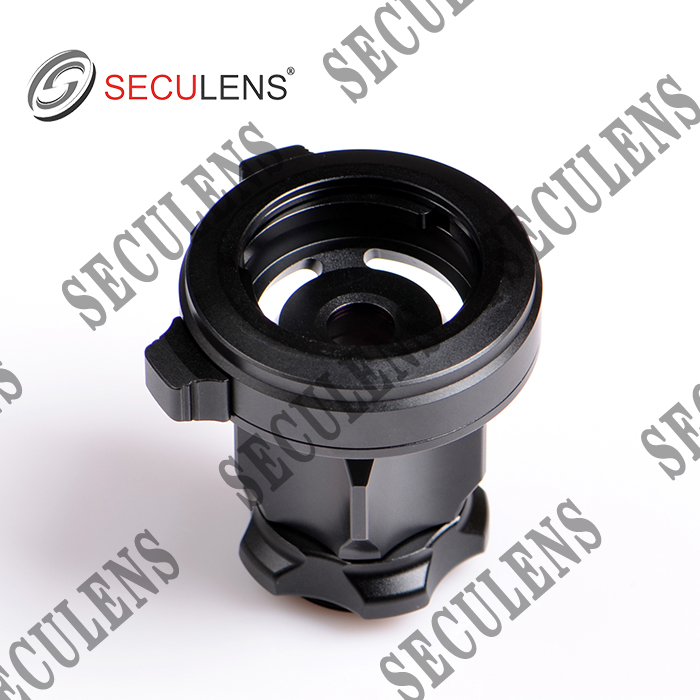
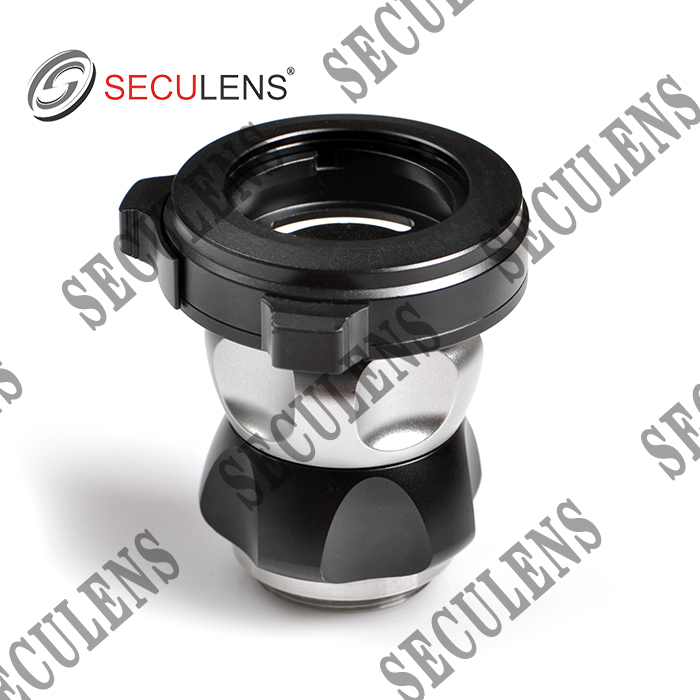
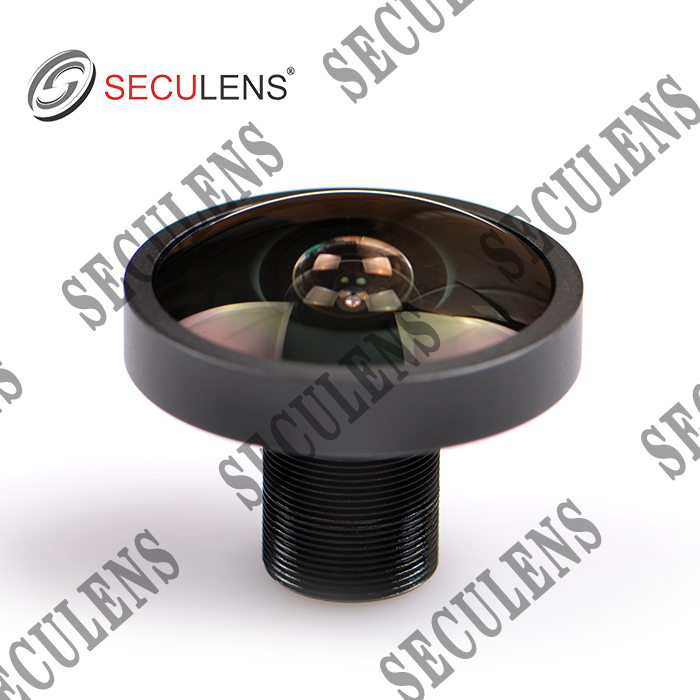
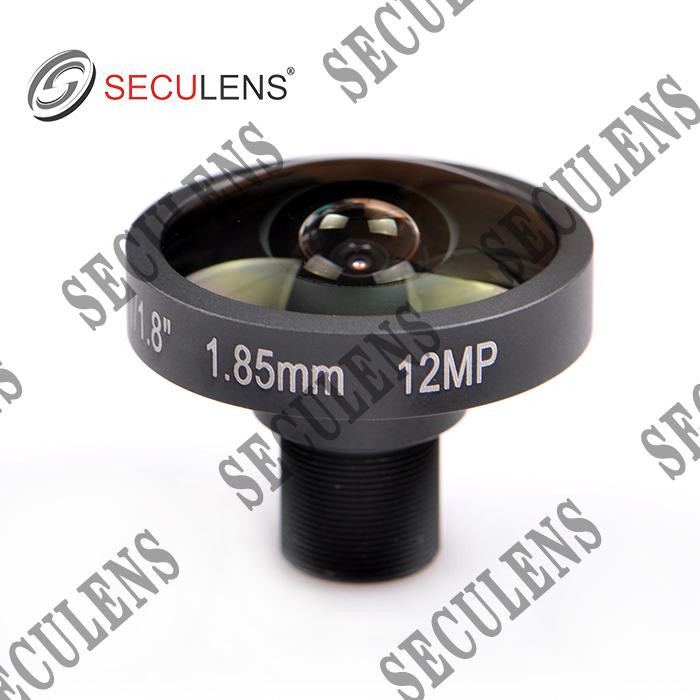
Fisheye lens 1.85mm FT1085 12MP
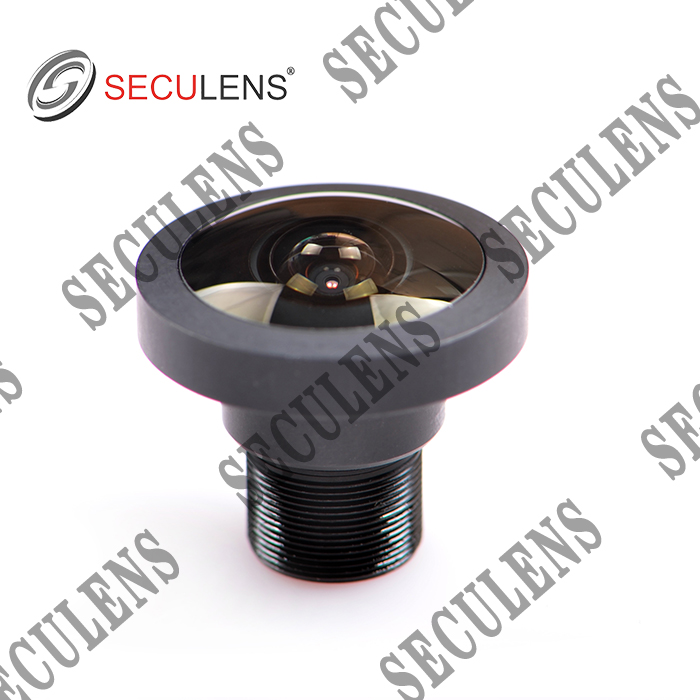
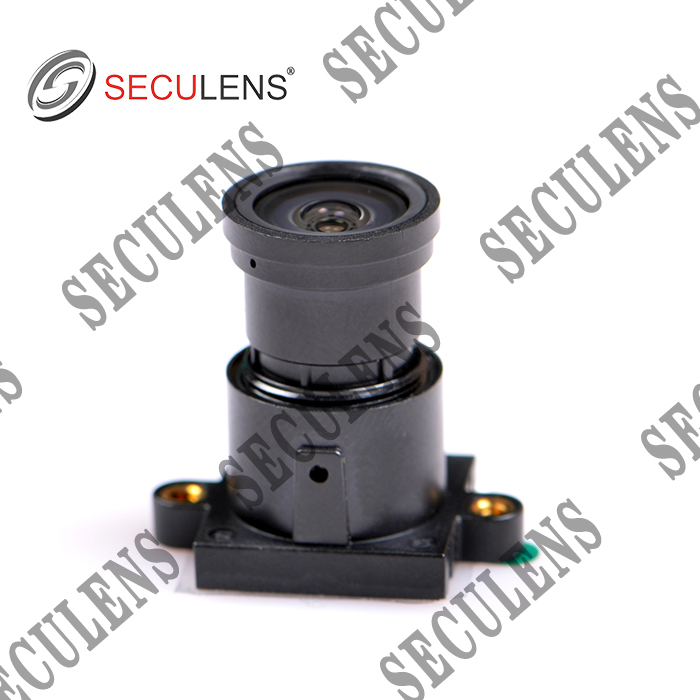
Starlight Lens 2.8mm 0357
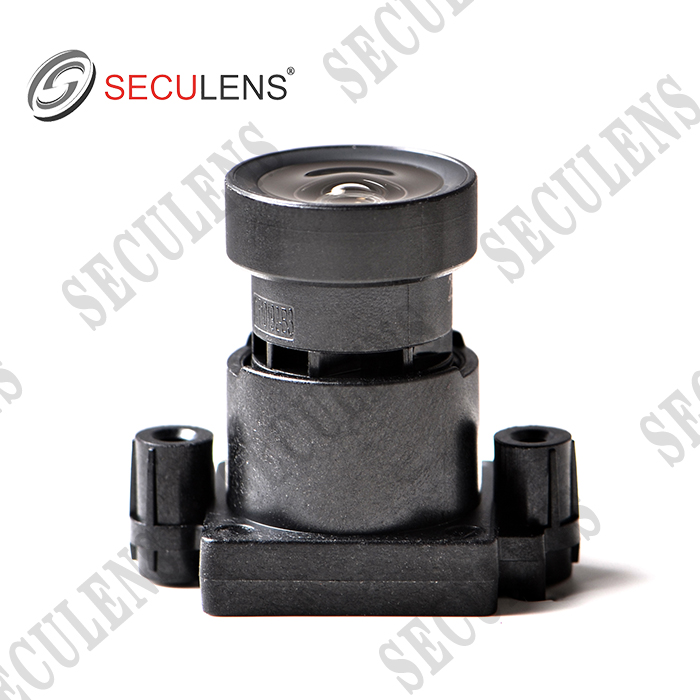
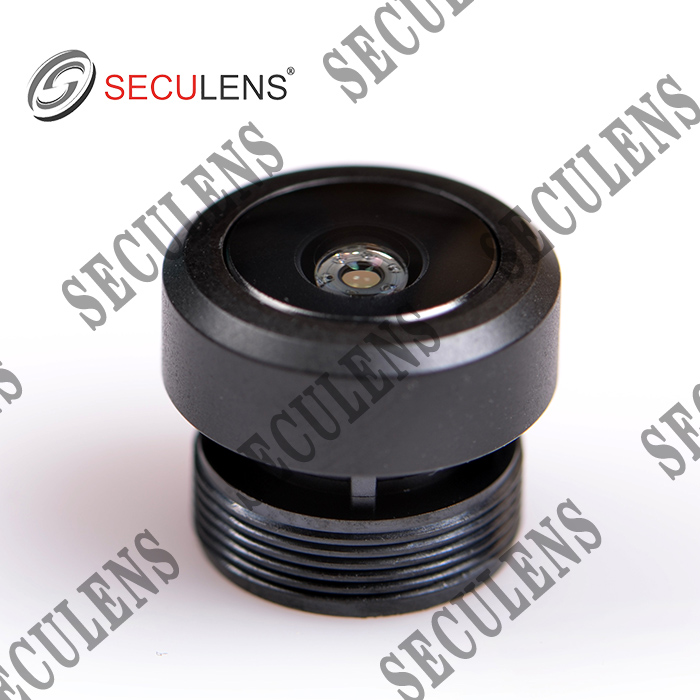
Car Lens 2.6mm SECU8204
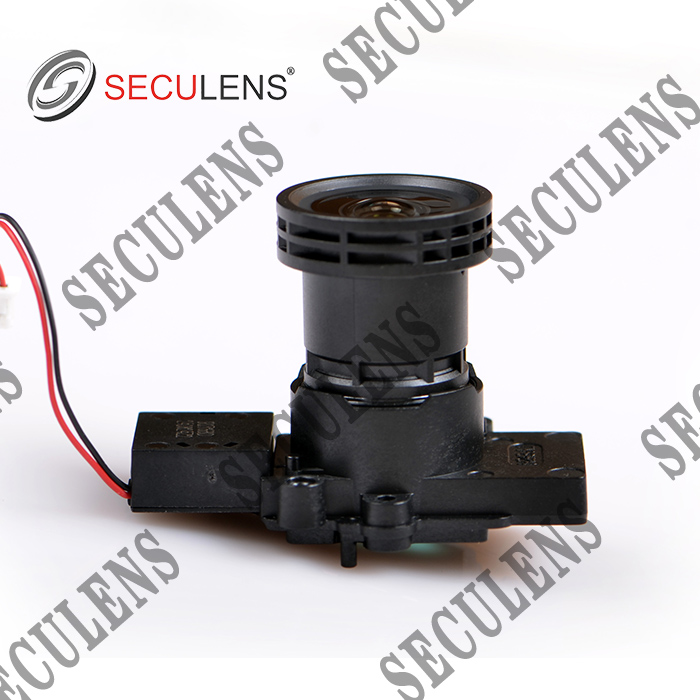
Darklight Lens 10207-8MP+H243+IR0316 4mm 1/1.8"
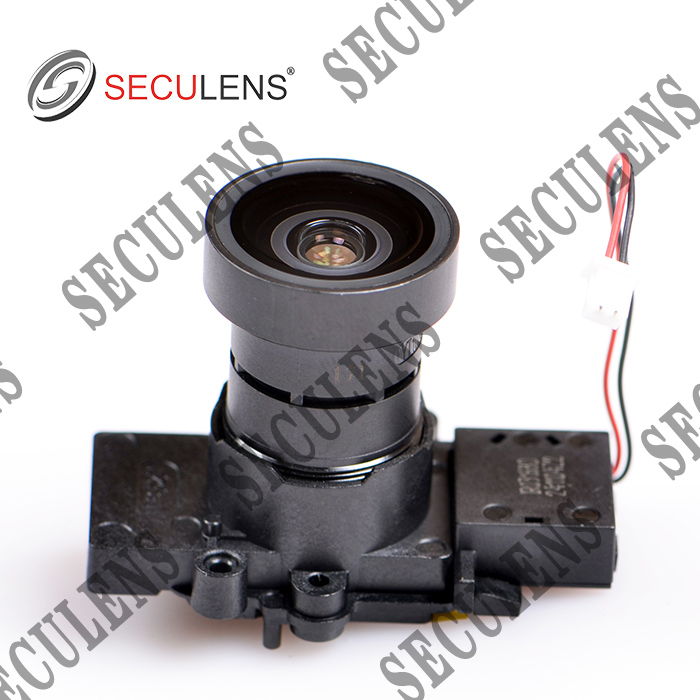
Darklight Lens 10206-8MP+H243+IR0316 2.8mm 1/1.8"
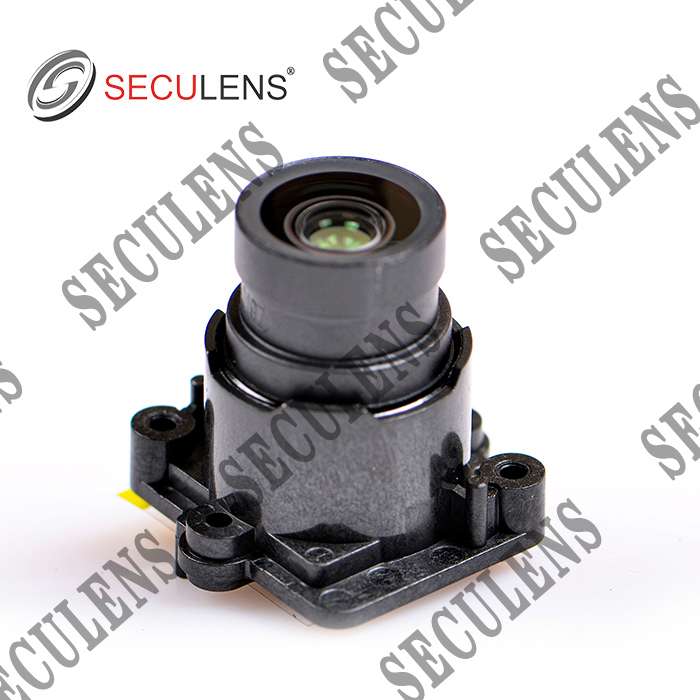
Darklight Lens 10197+IR06312 2.8mm 1/1.8"
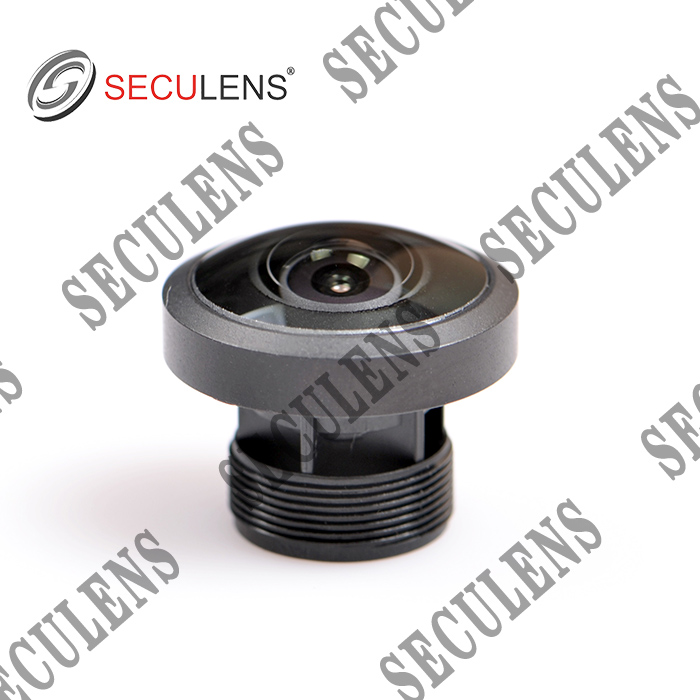
Fisheye lens 1.8mm 5MP 5185
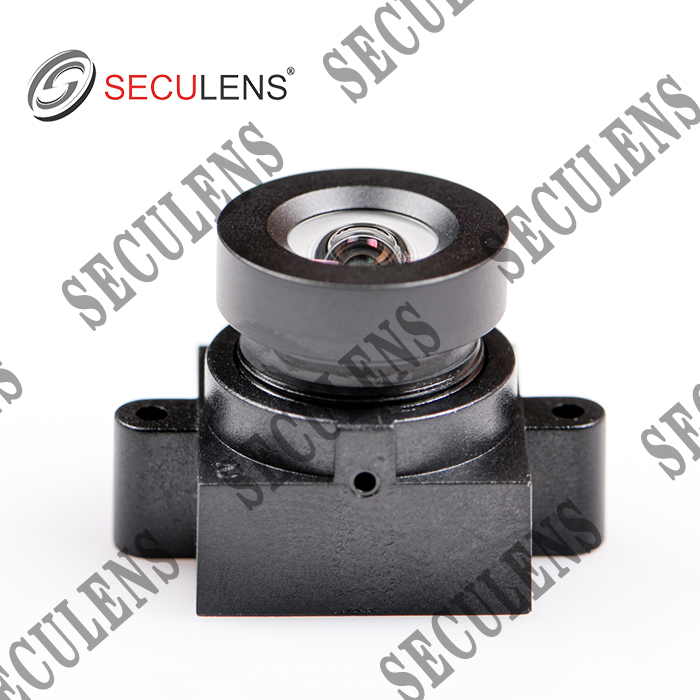
Distortion Free Lens 3526 3.2mm TTL:15.5
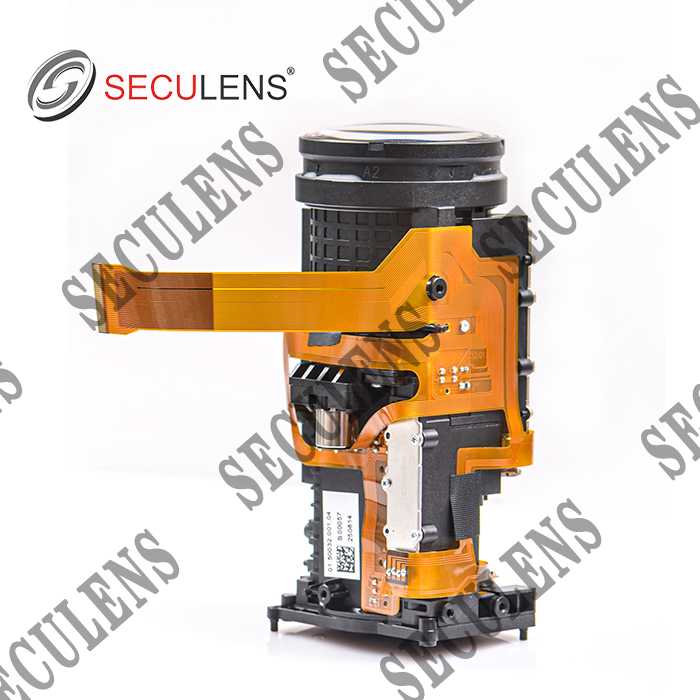
Integrated machine 6-192MM S64192-32YT 30X
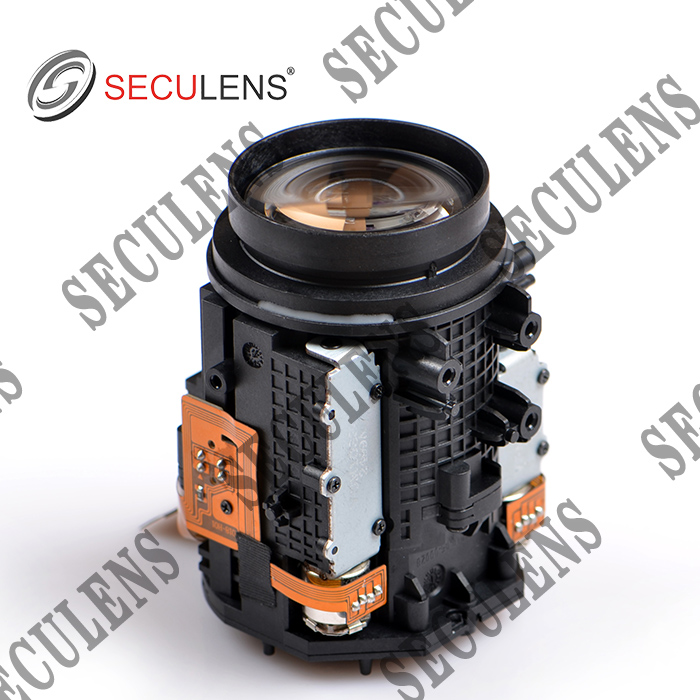
Integrated machine10-40MM S1040-18YT 4X